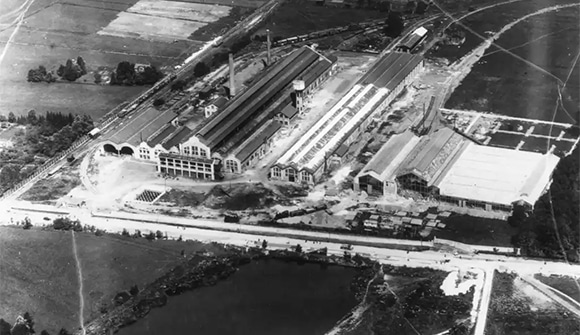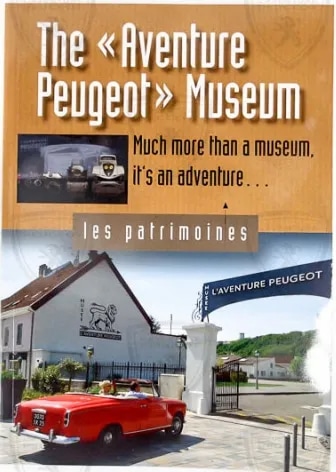
The 100 years of the Peugeot Type 156
Peugeot Type 156, first car made in Sochaux
100 years ago, the PEUGEOT Type 156 was born, the first car manufactured in Sochaux do you want to know it’s history?
It is inseparable from the creation of the “Grand Sochaux”.
The First World War left Europe scarred, bloodless and devastated… The spectre of war was still present, the possibility of hostilities in everyone’s mind…
As early as 1917, Robert Peugeot gave his vision of the company for the post-war period. The reorganization of the factories transformed the Lille factory into a spare parts factory, and revealed the predominance of the Doubs factories (in Franche-Comté) and the specialization of the Parisian workshops. In this context, the construction of the “Grand Sochaux” factory couldn’t come soon enough. Thus, the small Sochaux factory becomes a modern site with a bodywork factory built between the forge and the foundry, which is already moving towards mass production. While waiting for the future 201, the Type 156 was the first Peugeot car assembled by workers at the Sochaux plant where the Brand’s trucks had been produced until then.
The first unit leaves production on February 27, 1921.
The Type 156 is a very important model for the collections of the L’Aventure Peugeot museum, because, on it’s own, it is a concentrate of the marques history and a melting pot for it’s technology.
It is for example on a Type 156 that a prototype of a Heavy Oil engine, better known, a few years later under the name of Diesel engine, when it will have been perfected by Rudolf Diesel. This prototype will even take part in a race between Paris and Bordeaux: an early technological demonstrator.
The PEUGEOT Type 156 was produced from 1921 to 1923 in 180 units.
Technical characteristics: 5954 cc 6-cylinder engine, 25 hp power, 4-speed gearbox. Maximum speed: 90 km/h.
The model exhibited at the Museum is equipped with a gasoline engine, MZ, without valves, of nearly 6 litres which is one of the best examples of Peugeot’s know-how. Moreover, it would have been led by Alexandre Millerand, President of the Council, then President of the Republic between 1920 and 1924.
Go further on the birth of “Grand Sochaux”
“The First World War left a scarred, bloodless and ravaged Europe…
The transition from the war economy to the peace economy, in fact, is not easy. The spectre of war is still present, the possibility of more hostilities in everyone’s mind.. If war is a good customer, it is far from being a good payer. In addition, the compensation due following the destruction linked to the conflict was never paid. However, it is necessary to restart despite the lack of money, which, with the investments necessary for the marque to start manufacturing again. As early as 1917, Robert Peugeot gave his vision of the company for the post-war period. The harsh reality of the situation will considerably slow down its restructuring programme. Nevertheless, since the end of 1918, Peugeot had been buying land and buildings with a view to recreating the industrial center of Paris. It was also necessary to rebuild the Lille factory and finance the manufacture of the quadrilette.
Somehow, sales pick up again, like the French economy. The reorganization of the factories transformed the Lille factory into a spare parts factory, and revealed the dominance of the Doubs factories and the specialization of the Parisian workshops. The construction of the “Grand Sochaux” factory is needed…
Thus, the small factory in Sochaux becomes a modern site with a bodywork factory built between the forge and the foundry, which is already moving towards mass production. In the Paris region, the Issy les Moulineaux workshops are working on the manufacture of targeted models, with specific engines such as valveless. Most cars are delivered with bodywork, some of the high-end chassis are delivered bare to the most famous coachbuilders of the time who transform them into true works of art.
While waiting for the future 201, the production of Sochaux cars began with the assembly of the type 156 and its 6-cylinder engine without valves, then the 172 and its many variations. Finally the types 177, 183 and 190. These vehicles prepare for the future. The momentum of these cars, well prepare, Peugeot moving forward in mass production.”
Text taken from the Book « Le Musée de L’Aventure Peugeot » by Hervé Charpentier (Les Patrimoines edition)

Discover the booklet “Le Musée de L’Aventure Peugeot” in the collection “Les patrimoines” (from the East Republican).
From the beginnings of an industrial saga in the Pays de Montbéliard to one of the finest industrial deals in France, this is the story of a family, of men and women, who will shape a territory, the image of a brand, with a roaring lion, which sets out to conquer the world.
Available at a price of €7.90 incl. VAT on our online store -> CLICK HERE



